Exploring the deep sea with environmental DNA, or revealing unsuspected biodiversity
The ocean covers two-thirds of the planet, more than half of which lies at depths of over 3,000 meters. Little is known about the biodiversity that inhabits the abyss.
Sophie Arnaud Haond, University of Montpellier
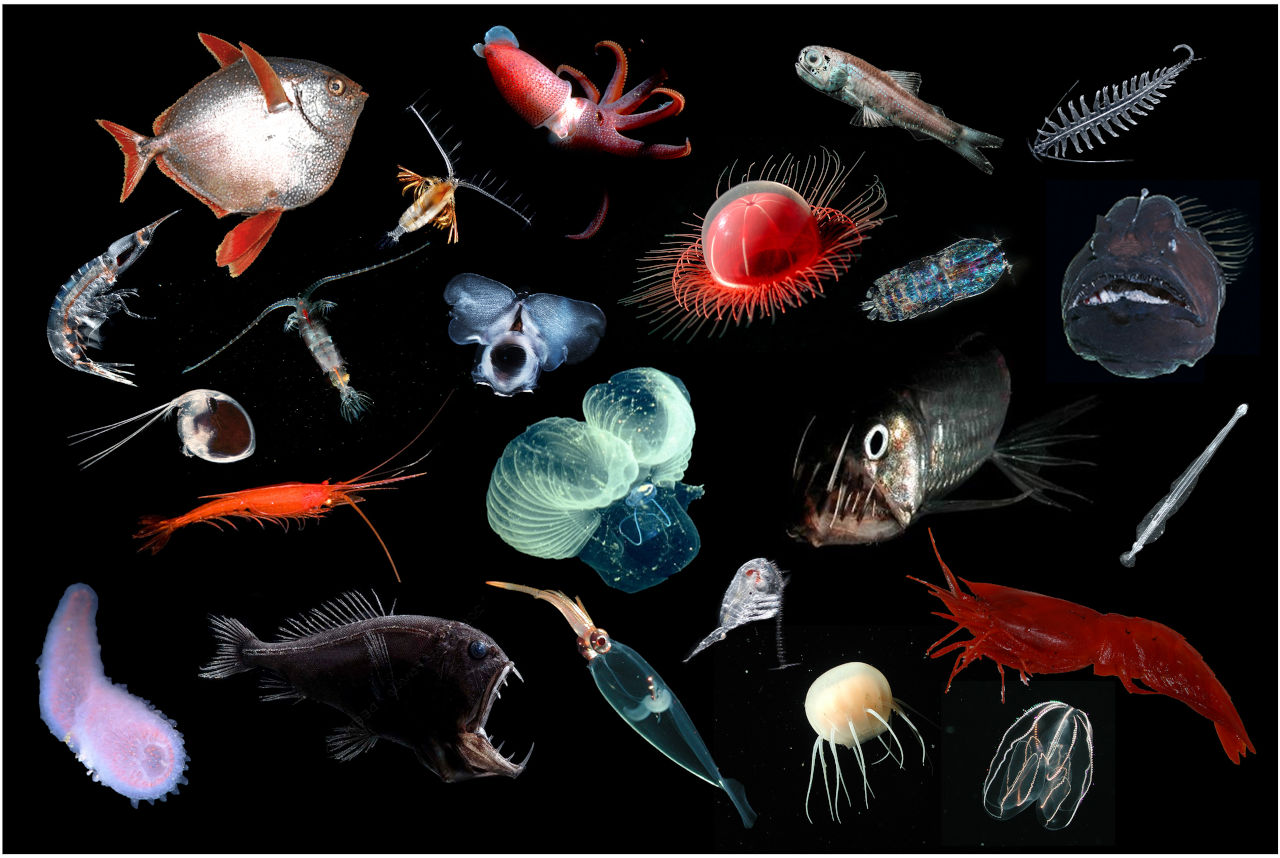
Given the low density of life there, describing species or carrying out diversity inventories requires the handling of considerable quantities of sediment to be brought back through thousands of meters of water column, to be sorted for weeks in the laboratory. Describing a single species or making an inventory of the diversity contained in a few cubic centimetres of sediment can take weeks.
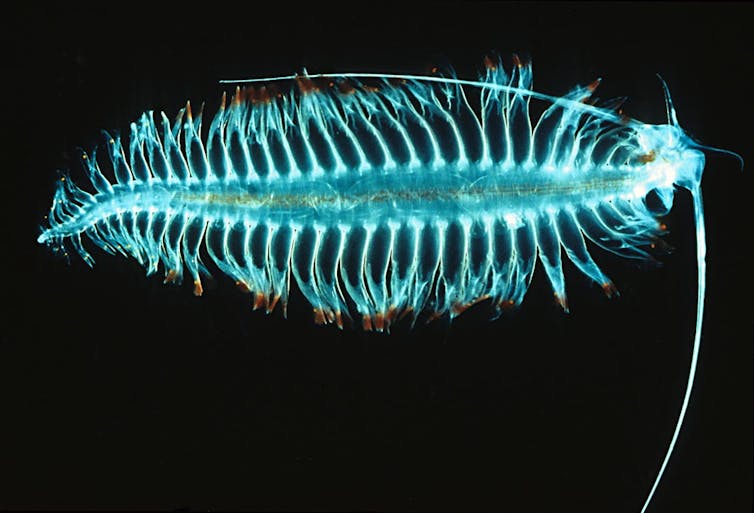
Uwe Kils/Wikipedia, CC BY-SA
And yet, while the deep seas are far from our eyes, they are not immune to human impacts such as pollution (agricultural inputs, maritime traffic...), or the direct impact of exploiting the many resources they contain (oil exploitation, fishing...). Among deep-sea development projects, the exploitation of energy or mining resources, such as the nodule zones of the Pacific, is increasingly advanced.
Gaining a better understanding of the extent of marine biodiversity is becoming a major challenge, both for knowledge of living organisms and their evolution, and for conservation and the implementation of monitoring and conservation measures to minimize environmental impacts. It was against this backdrop that Ifremer launched the "Pourquoi Pas les Abysses" project, followed by the France Génomique "eDNAbyss" project: both are based on the use of so-called"environmental DNA", or eDNA.
What is environmental DNA?
Although DNA is the carrier of heredity and the signature of living beings (as opposed to water, rocks, etc.), it can be extracted from the environment.
Indeed, living beings leave traces of their passage in their environment: micro-droplets of saliva, hair, mucus, skin, scales, faeces, decomposing cells... These DNA-laden remains float in the air, at the mercy of currents, and are deposited in soil or sediment. So, just as forensic detectives inspect crime scenes for suspect DNA, biologists extract DNA from environmental samples to characterize the species that live there or have passed through.
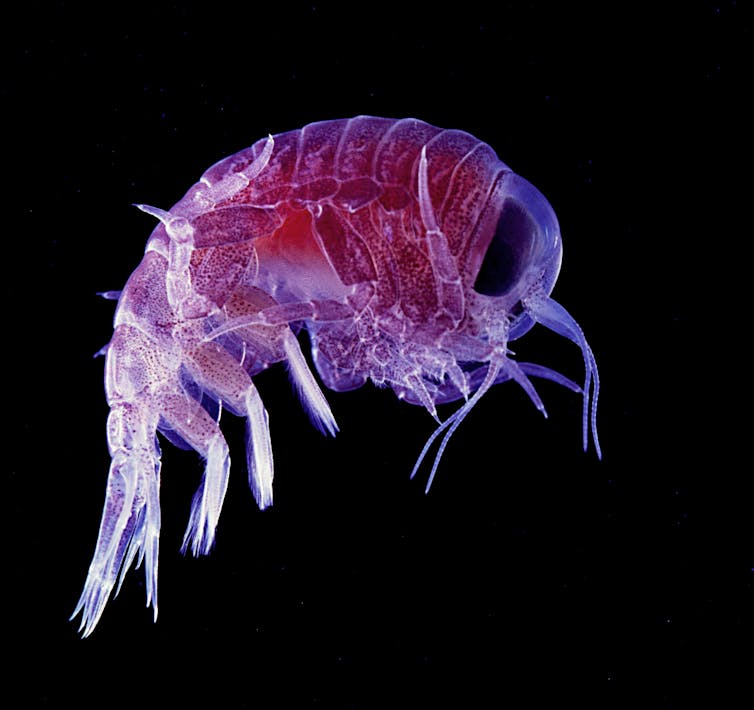
Uwe Kils/Wikipedia, CC BY-SA
We now know how to identify specific fragments in genome extracts or mixtures of genomes (as in eDNA) that are sufficiently variable between species for their sequence to be able to recognize the major groups to which they belong (species, genera, families...). By analogy with commercial barcodes, we call these fragments " barcodes ".
The discovery of unexplored areas of biodiversity, in space and time
In microbiology, these advances have had a major impact, since the vast majority of microbial organisms, bacteria and archaea, cannot be cultivated: their characterization has only been possible thanks to eDNA. The tree of life has been enriched by a large number of major lineages, notably thearchaeobacteria that inhabit hot springs and the ocean floor, and which are the subject of fundamental hypotheses for understanding the ancestral diversification of life into three kingdoms (bacteria, archaeobacteria and eukaryotes).
In ecology in the broadest sense, the ability of eDNA approaches to detect and differentiate cryptic species (impossible to recognize on the basis of morphological criteria) has been put to good use in a variety of environments. For example, the"Tara Océan" expedition, by combining morphological and DNA analyses, revolutionized our understanding of plankton diversity in the oceans, revealing the existence of almost fifteen times more planktonic lineages than the 11,000 previously described.
Beyond the invisible or the spatially inaccessible, exploiting the DNA contained in sediments also enables us to reconstruct past communities and infer the impact of local or global changes. Analyses carried out in Brest harbour have shown the upheaval of microalgal communities after the Second World War and the introduction of agricultural inputs, while analysis of contemporary insect communities in pine forests reflects the state of habitat decline in the face of climate variations.
Simple yet careful implementation
To begin with, you need to filter air or water, or collect soil or sediment, but this relatively straightforward process is accompanied by extreme precautions, as the DNA contained in these samples is often present in very small quantities. At the bottom of the sea, life is rare even if it is very diverse, and the DNA contained in a handful of sediment is present in small quantities compared to that carried by researchers, or naturally accumulated on boat workstations. It is often even rarer in seawater, where it degrades very quickly after cell death. It is therefore essential to protect it from possible contamination from sources with a much higher DNA content, such as the hands or sputum of handlers.
Once the samples have been carefully packaged to protect them from contamination and transported to the laboratory, they are subjected to environmental DNA extraction using a variety of methods (chemical, mechanical, filtration), depending on the objective and the environmental substrate, whether freshwater, sea water, sediment or soil... Once the DNA has been extracted, it is used to make "libraries" of different kinds, depending on the scientific objective and the target living organisms.
The deep environment, the unknown
The three-dimensional marine environment is vast: it represents over 95% of the terrestrial biome. Obtaining a global view of the diversity it contains requires standard study methods in its various compartments and ecosystems. One of the advantages of DNA-based approaches is that they enable us to pool the results obtained by the scientific community on a diversity of ecosystems, like a gigantic jigsaw puzzle taking shape as new pieces are added.
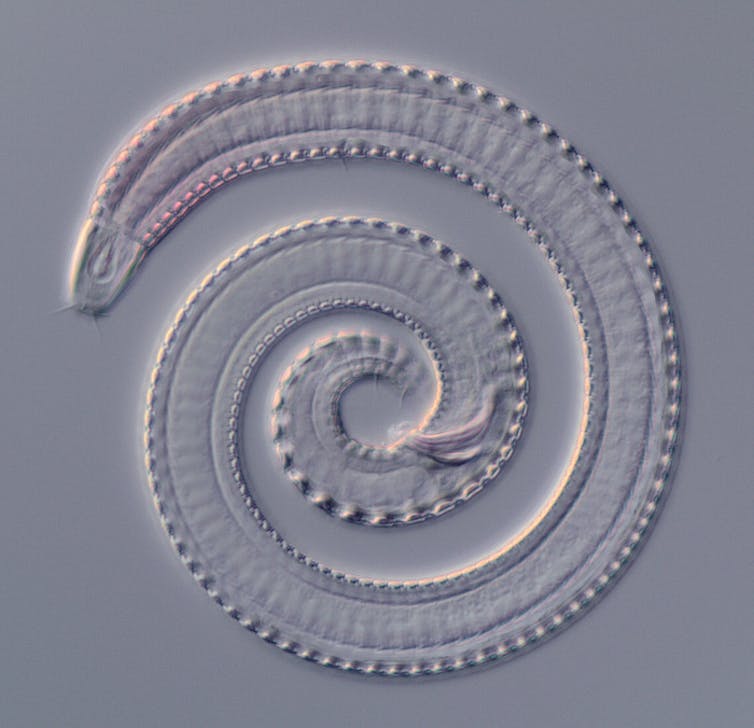
Daniel Leduc, World Register of Marine Species, CC BY-NC-SA
To this end, as part of the "Pourquoi Pas les Abysses" project, we have developed a dual approach to characterize both unicellular prokaryotes (bacteria and archaeobacteria) and eukaryotes (unicellular protists, animals, fungi, etc.). All organisms can be studied by constructing "metabarcode libraries" targeting small genome fragments enabling species or lineages to be recognized from one another, and to refine the identification of prokaryotes, their complete genomes are reconstructed by " metagenome libraries".
The metabarcode involved a three-stage pilot project. The first stage involved selecting different sampling methods for benthic (living on the sedimentary bottom) and pelagic (living in the water column) fauna. DNA can be archived for a long time in sediment, so the next step was to select an extraction method that would facilitate contemporary biodiversity inventories. Finally, a set of molecular probes selects the barcodes that reveal diversity across the tree of life, from bacteria to animals.
These protocols, implemented by the "eDNAbyss" project, have generated billions of sequences on samples collected from the Mediterranean to the Pacific Ocean, from depths of 300 to 10,000 meters.
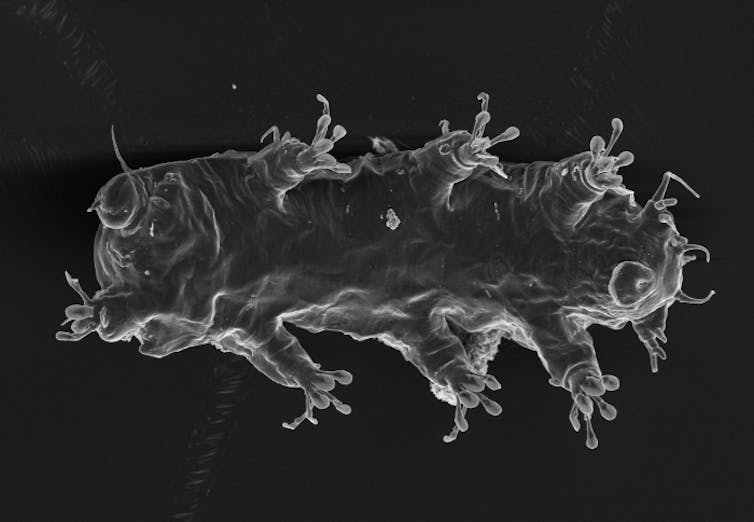
C. Schulze and A. Schmidt-Rhaesa, World Register of Marine Species, CC BY-NC-SA
Based on the initial results, it has been possible to associate benthic biodiversity data (associated with sediment), including those produced by the "Pourquoi pas les Abysses?" and "eDNAbyss" projects, with the ADNe inventories of biodiversity in the water column carried out by Tara Océan. The results highlighted several major elements in our understanding of the distribution of marine biodiversity. They revealed a level of diversity three times higher in the benthic communities of the sediments than in the pelagic communities of the water column. Of this great diversity on the seabed, more than a third is still completely unknown: the barcodes do not correspond to any described species included in reference databases.
Comparison of plankton species present at the surface and found in the sediment has also enabled us toidentify the major players in the biological carbon pump, a key process for the climate.
This first step represents an encouraging demonstration of the ability of environmental DNA-based approaches to enable not only standardized, interoperable inventories of diversity in all three dimensions of the Ocean, but also a better understanding of the major processes to which they contribute. And most of the results are still being analyzed...![]()
Sophie Arnaud Haond, Researcher, University of Montpellier
This article is republished from The Conversation under a Creative Commons license. Read theoriginal article.